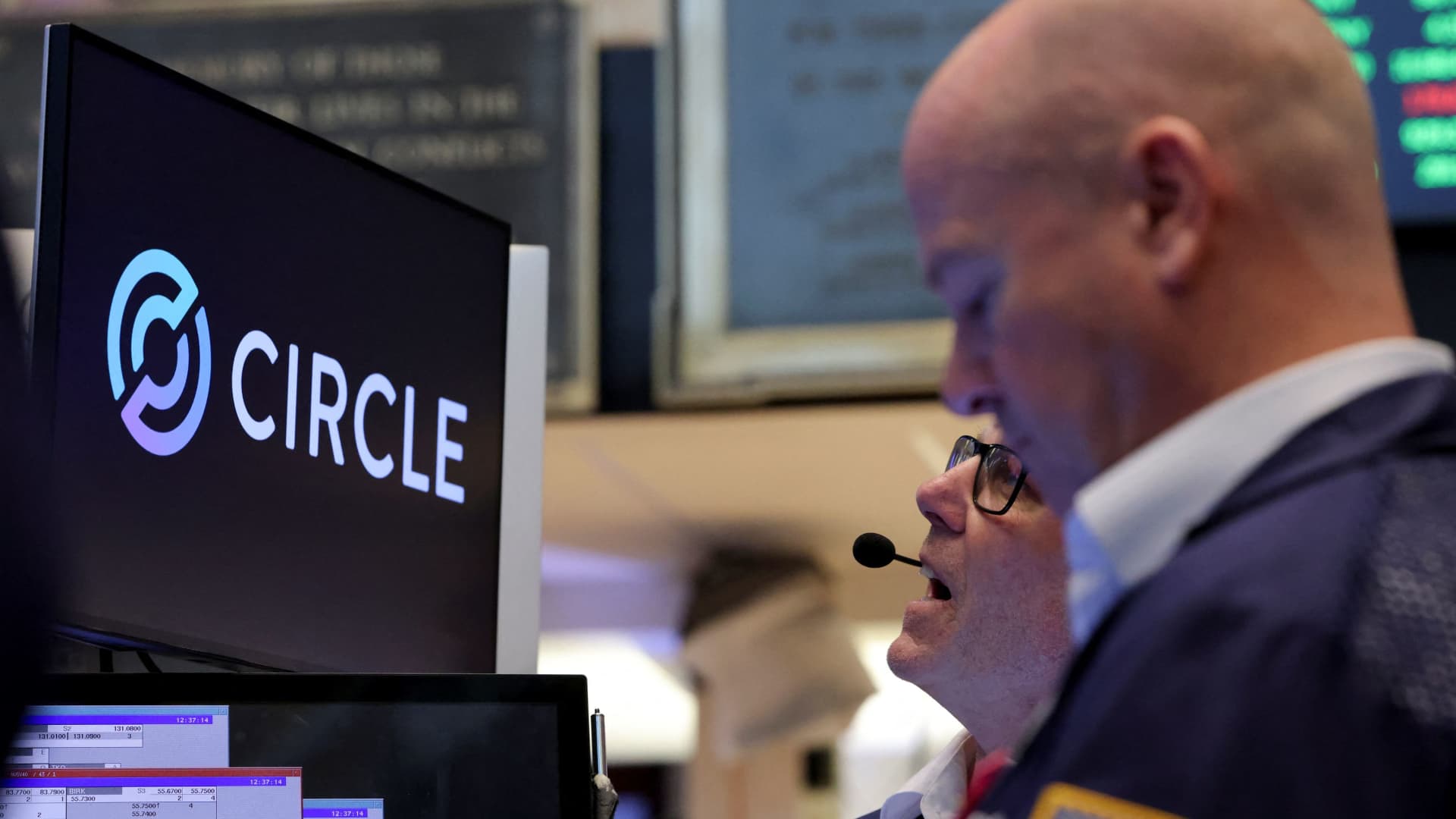The price of a starter home has risen by 45% since the COVID-19 pandemic. (iStock)
Gen Z and millennial homebuyers are struggling to buy homes on their own. About 36% of younger buyers plan to receive a cash gift from their family to help with the down payment on a home, a Redfin study found.
The percentage of millennials getting help from their parents has gone up in the last few years. In 2019, 18% of millennials used a cash gift for their down payment and in 2023, that rose to 23%.
It’s not just cash gifts Gen Zers and millennials are using. Some plan to use their inheritance for a down payment and 13% plan to live with their parents or other family members in order to save money for a down payment.
“Nepo-homebuyers have a growing advantage over first-generation homebuyers. Because housing costs have soared so much, many young adults with family money get help from Mom and Dad even when they have jobs and earn a perfectly respectable income,” Daryl Fairweather, Redfin chief economist, said.
For other younger buyers who don’t have families that can afford to gift them down payment money, working and saving is the most common way they eventually afford a down payment. About 60% of respondents in the Redfin study said they save directly from their paychecks, and 39% are likely working a second job to afford a home in the future.
“The bigger problem is that young Americans who don’t have family money are often shut out of homeownership,” Fairweather said. “Many of them earn a perfectly good income, too, but they aren’t able to afford a home because they’re at a generational disadvantage; they don’t have a pot of family money to dip into.”
If you think you’re ready to shop around for a home loan, consider using Credible to help you easily compare interest rates from multiple lenders in minutes.
HOMEBUYERS GAINED THOUSANDS OF DOLLARS AS MORTGAGE INTEREST RATES FALL: REDFIN
Starter home prices are up 45% since before the pandemic
Younger generations struggle to afford homes because the price of buying has gone up exponentially in the last few years, particularly for starter homes.
The typical starter home sold for $243,000 last June, which is up 2.1% from a year ago and up 45% since before the pandemic, a Redfin analysis found.
To realistically afford a starter home, a first-time buyer must earn about $64,500 per year. Compared to last year, that’s an additional $7,200. Rising home prices and higher mortgage rates contribute to this higher income requirement.
“Buyers searching for starter homes in today’s market are on a wild goose chase because in many parts of the country, there’s no such thing as a starter home anymore,” Redfin Senior Economist Sheharyar Bokhari said.
“The most affordable homes for sale are no longer affordable to people with lower budgets due to the combination of rising prices and rising rates. That’s locking many Americans out of the housing market altogether, preventing them from building equity and ultimately building lasting wealth.”
If you’re looking to purchase a home in today’s market, you can explore your mortgage options by visiting Credible to compare rates and lenders and get a mortgage preapproval letter.
HOMEBUYERS CONSIDERING PURCHASING TINY HOMES AND FIXER-UPPERS TO COMBAT HIGH HOME PRICES
Home sales decline after jump in February
Homes are still difficult to afford, as demonstrated by the decline in existing home sales in March. Sales declined by 4.3% to 4.9 million, Fannie Mae reported.
This decline reversed the jump in sales that happened in February. Rising mortgage interest rates and lingering high home prices are causing buyers to back out of the market.
Although sales are down, listings are up now that spring buying season is here. The percentage of homes available rose by 4.7% to 1.11 million.
Existing home sales are down, but new construction is still going strong. The National Association of Home Builders/Wells Fargo Housing Market Index increased three points to 51 in March, signaling that buyers are still interested in purchasing new builds.
You can explore your mortgage options in minutes by visiting Credible to compare rates and lenders with just a click of a button.
THIS IS THE #1 CITY FOR FIRST-TIME HOMEBUYERS, AND OTHER HOT US HOUSING MARKETS
Have a finance-related question, but don’t know who to ask? Email The Credible Money Expert at [email protected] and your question might be answered by Credible in our Money Expert column.

 Economics1 week ago
Economics1 week ago
 Economics1 week ago
Economics1 week ago
 Economics6 days ago
Economics6 days ago
 Finance1 week ago
Finance1 week ago
 Economics1 week ago
Economics1 week ago
 Blog Post6 days ago
Blog Post6 days ago
 Personal Finance6 days ago
Personal Finance6 days ago
 Finance6 days ago
Finance6 days ago











